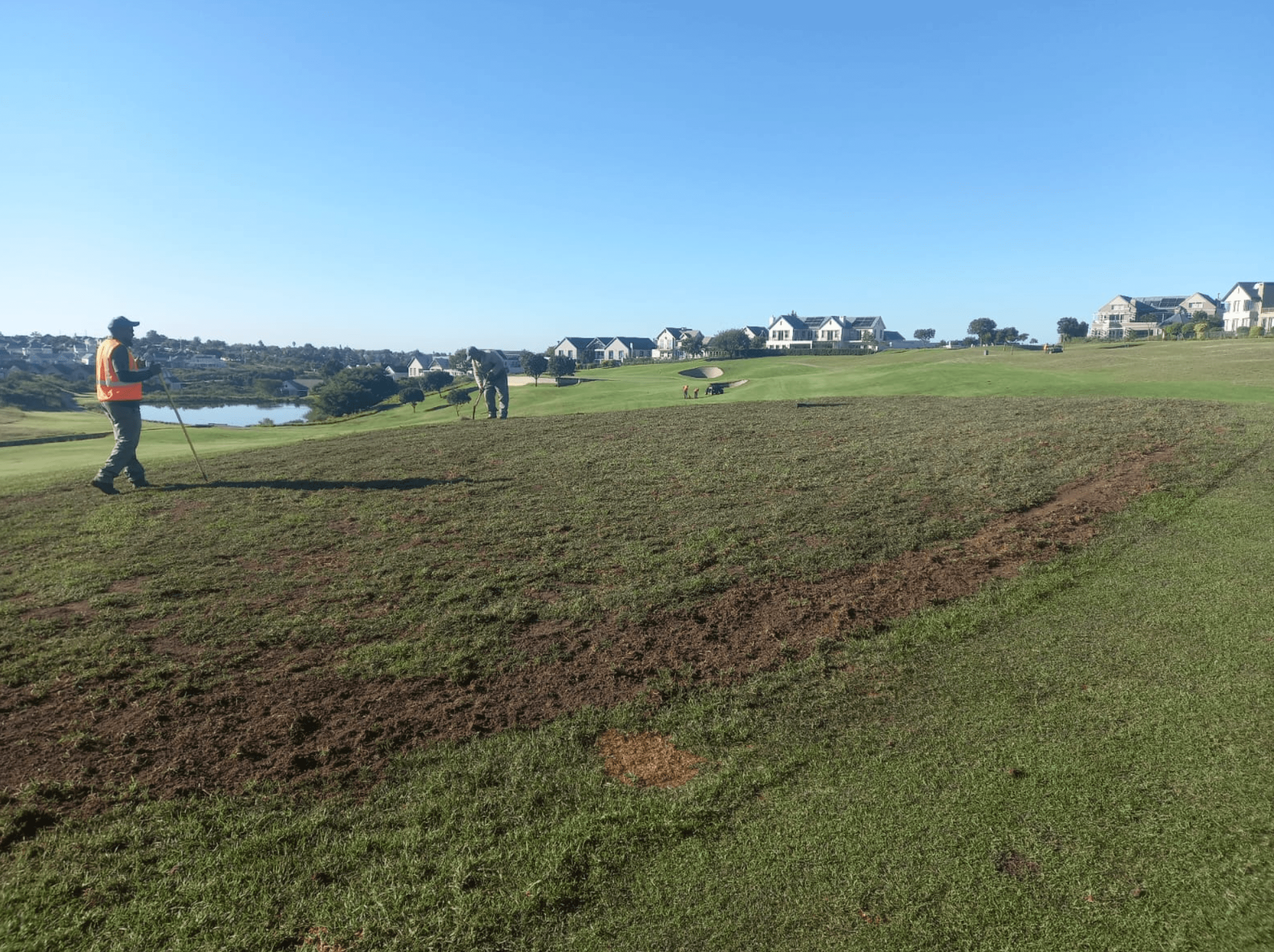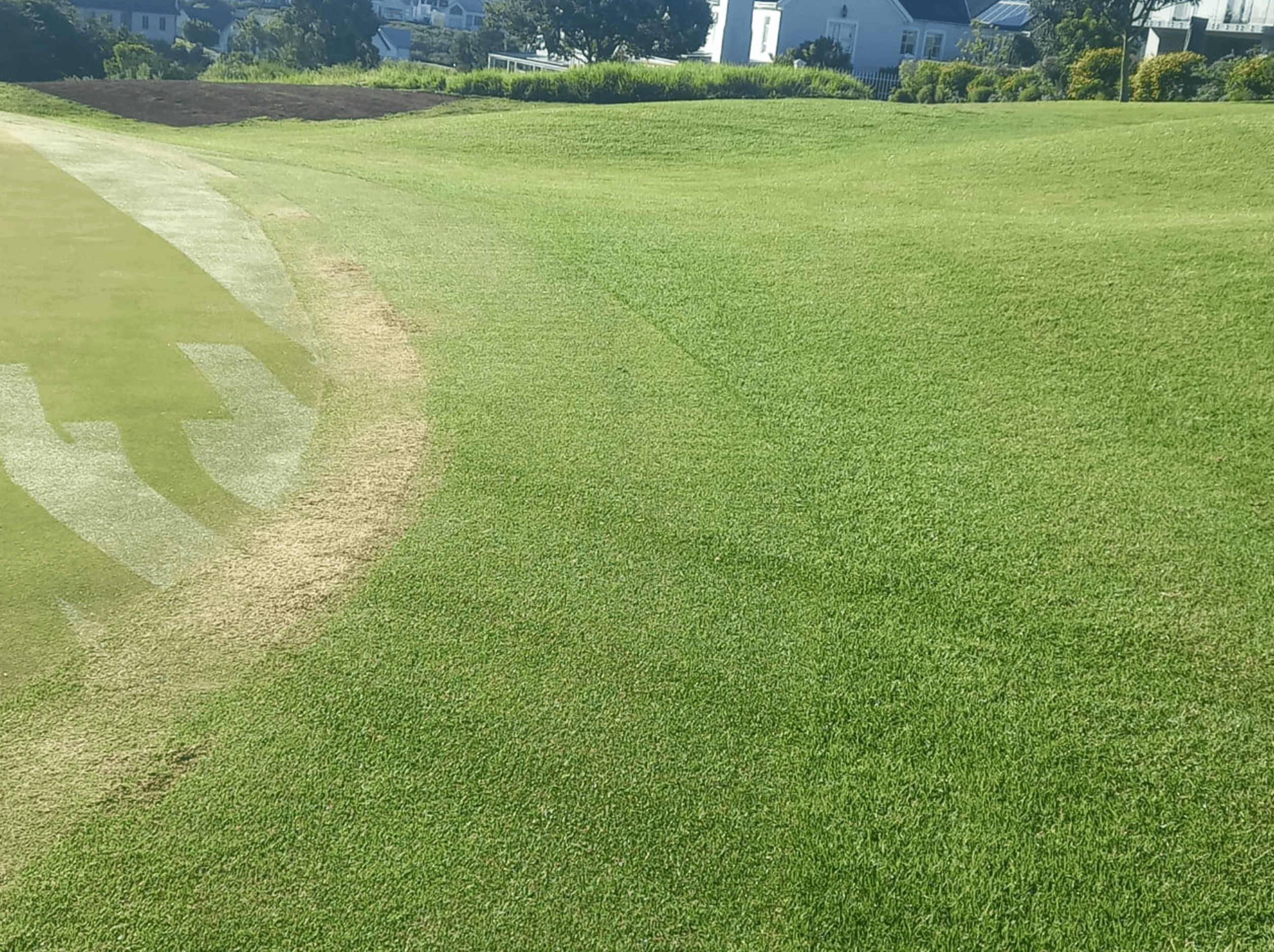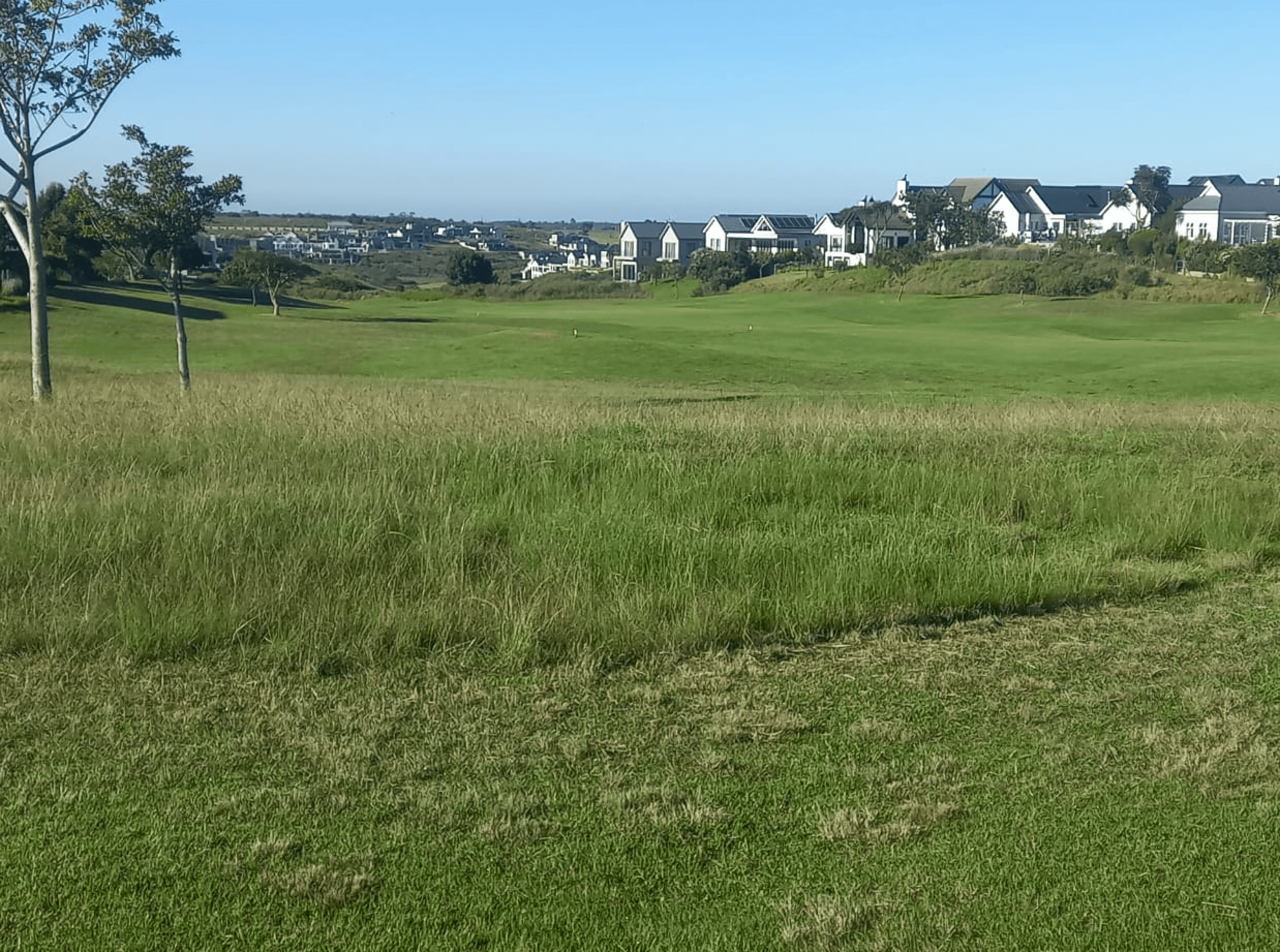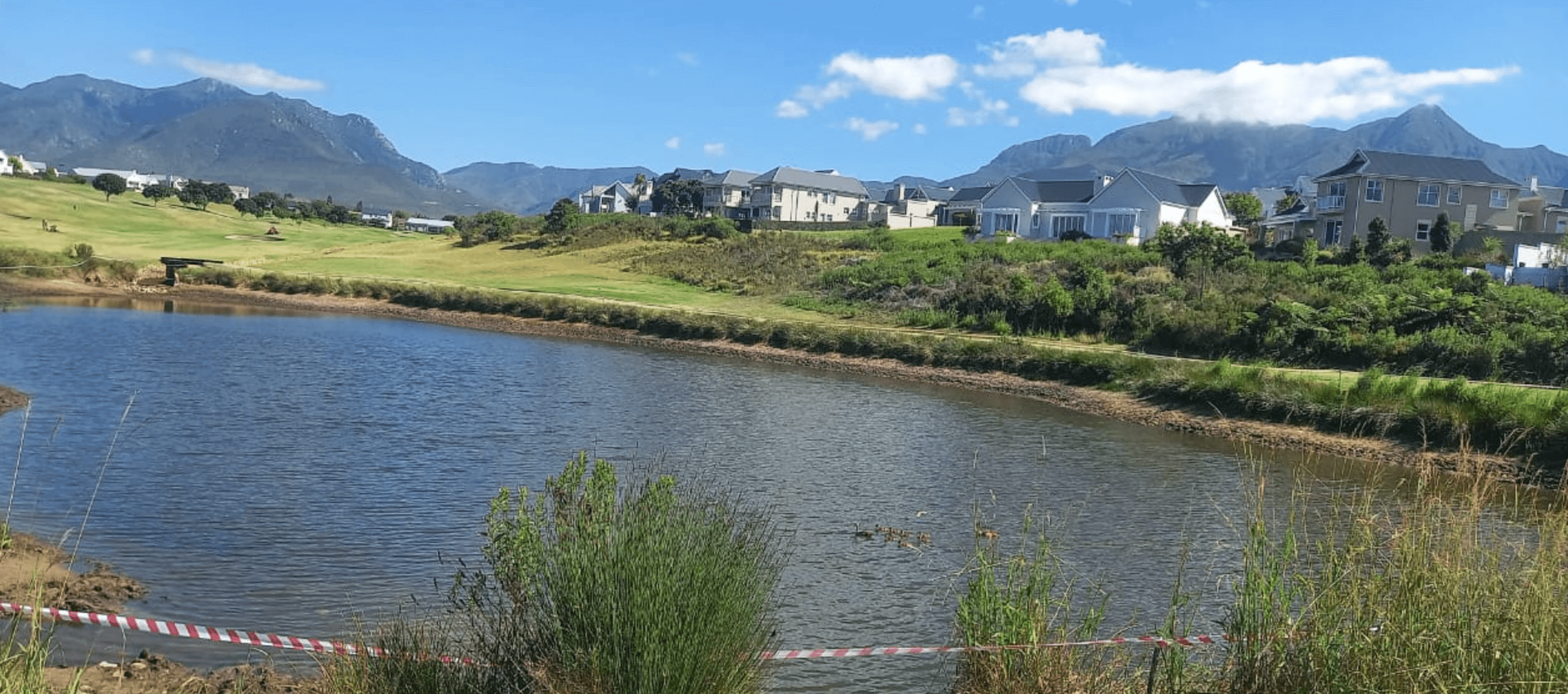Advertisement
The wetter the late-summer weather, the better for our greens and dams, explains the expert in charge of Kingswood’s course.
Climate patterns can make Kingswood greenkeeper Ivan van Heerden’s life a misery or turn it into a song; when considering this year so far, the weather gods have been kind enough to this competent golf course connoisseur and his compact team.
‘We can’t complain about the weather – although December was hot and January dished up a handful of scorchers, our rainfall total for the year stands at 150mm, which has been a great help to keep the course healthy and replenish our water features,’ says Ivan.
When elaborating on the impact of rainfall on the estate’s dam levels, he puts it into recent-past perspective. ‘Historically, the month of February has been warmer than was the case this year. Although the days were mostly mild in January, our dams were very empty by early February – so much so that we sent notices out to residents.’
He explains that depleted dam levels create a ‘quicksand effect’ when the water recedes, leaving a residue of sludge around the waterline. This situation makes it dangerous for man and beast, both of which may get stuck in the mud – for instance when resident youngsters and their dogs brave the dry-running dams in search of lost golf balls.
‘At least we got enough late-summer rain to help us out of trouble. So in retrospect we had a good summer and the course looks great again. Our efforts to deal with the extra rounds played during season included slowing down the greens.’ This is attained, he says, by using a little more fertiliser and by minimising the double cut, ‘creating less roll to counter increased traffic on the course’.
Maintenance yes, new machines not yet
The process of acquiring new machinery for the greenkeeping team has been covered extensively in the previous edition of The BUZZard, so there’s nothing new to report on the acquisitions front. ‘Our first replacement will only kick in closer to the end of this year, in October or November, when the equipment in question reaches its fifth year of life.’
Advertisement
Maintenance, however, has no sell-by date. At the time of our meeting, Ivan was busy with a fairway bunker on the 17th. ‘This work is now in progress with the aim of encouraging golfers to play more towards the left than the right, so changing the angle of the hole.
‘Homes on the right-hand side of this fairway have been getting flak from fly-away balls, and we’re hoping that this remedial action will fix that problem. We try where possible to accommodate homeowners who feel under fire, even though most homes are out of harm’s way. Unfortunately, this is not completely within our control.
‘Of course, no one wants residents, their kids or pets to risk being hit by balls. So where it falls into our risk assessment portfolio, we do our best to regulate the direction of play.’ Ivan adds that much work has been done on the 5th to improve a similar situation, so they’re confident that their current project on the 17th will change the dynamics of this hole.
Beware the underpass …
During our chat with Ivan, KGE maintenance manager Mornay Stoop stuck his head around the door to advise that Asla agents had just rocked up on site to discuss work required on the underpass below Plattner Drive.
‘This track has become problematic, especially in wet weather, when the combination of a steep incline and slippery surface prevents proper traction when traversed by golfers in their carts,’ says Ivan.
The underpass road connects the 18th green to the 1st tee, so it’s an essential part of movement on the course, but at the moment the team is exploring ways to address the issue of incline by changing the camber to allow for a longer turn that is not as steep, especially when the road is slippery.
The big question now is whether players will be tolerant during the process of this complicated remedial work, or would be less annoyed with their golf carts slipping and sliding throughout the pending rainy season.
Ivan discussed possible ways of widening the road without entirely blocking access with the Asla representatives, but it’s evident that this project will take time and patience. ‘The job should be tackled this month and is the biggest thing going on track right now,’ he says.
Sustainability is key
Ivan reminds that sustainability is an overarching consideration in all their actions on Kingswood’s golf course. Among these count the establishment of more natural and marked-out areas with the most ecology- friendly vegetation.
‘We try to ensure that there’s ample space for Eragrostis curvula (common name: weeping lovegrass) to grow out. This facilitates the movement of wildlife on the estate while also promoting birdlife – and with smaller mowable areas, we use less diesel in the long run.’
Another practical example of how the use of lawnmowers can be reduced entails the cutting around greens. ‘We now cut only one line around the green instead of the standard five. This translates into a collar of up to 1.8 metres compared to a band of over 7 metres in width. With smaller collars, mower use is substantially reduced.’
When it comes to putting greens, the use of organic fertiliser, added sand and increased aeration add to the longevity of these well-manicured areas. The focus is on using fewer chemicals and keeping it natural, which creates a safer environment for the estate’s animals, residents, and bees.
‘We work with the estate motto “Green, greener, Kingswood” foremost in our minds,’ says Ivan. And although, for health and safety reasons, there are no beehives on the estate, they ensure that natural hives are relocated to bee-friendly farms.
Preventative action essential
‘Turf health is our first priority – we don’t want anything to burn in the sun or take blows in the line of golfing pursuits. We’re happy that everything is now back to where it should be, with fewer golfers treading the course after the seasonal influx.’
Finally, Ivan says that in terms of further course improvements, a longer-term plan involves settlement of the 7th. But this work is yet to be confirmed once budgets and related issues have been approved – and readers are invited to watch this space.





